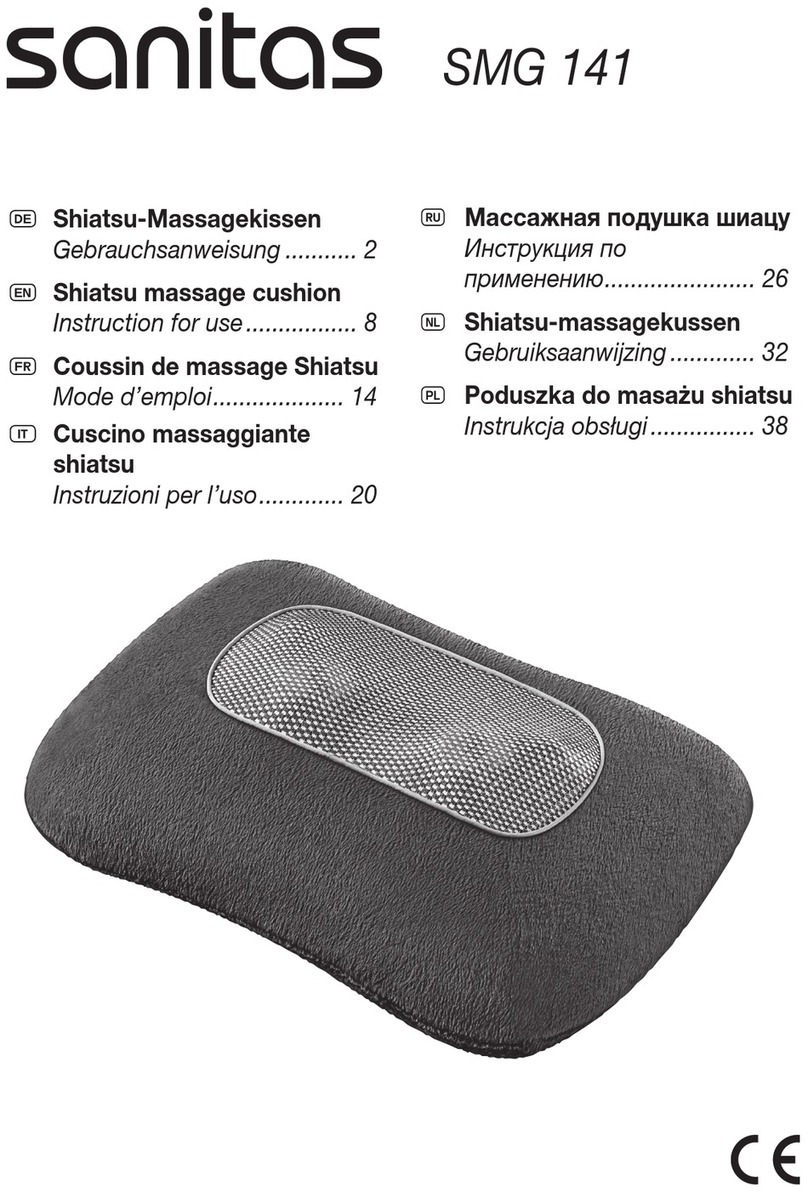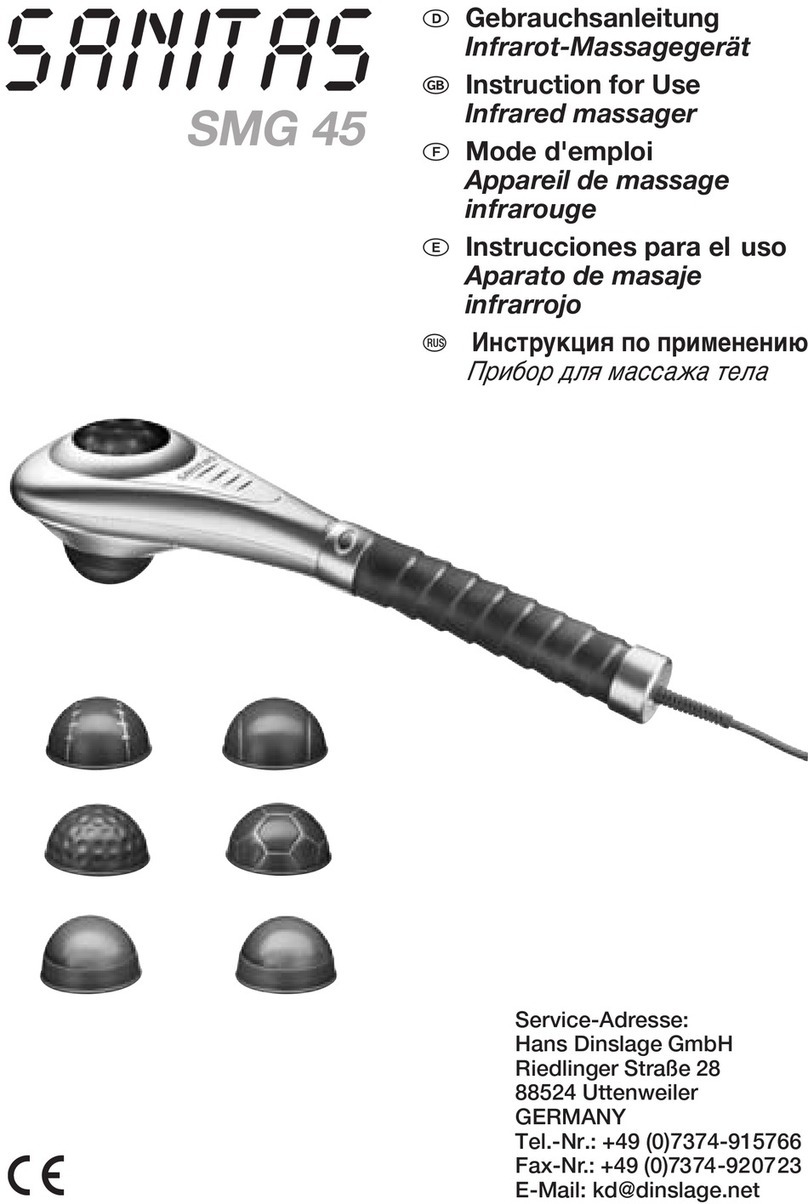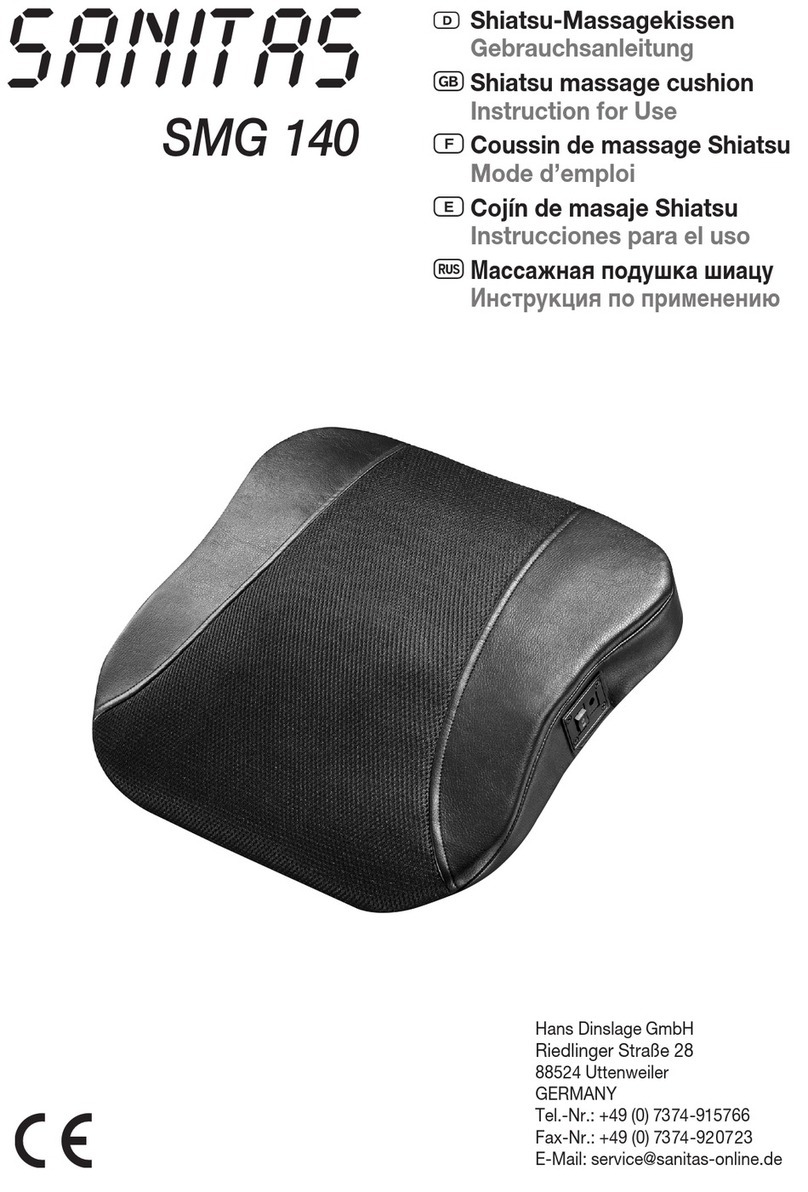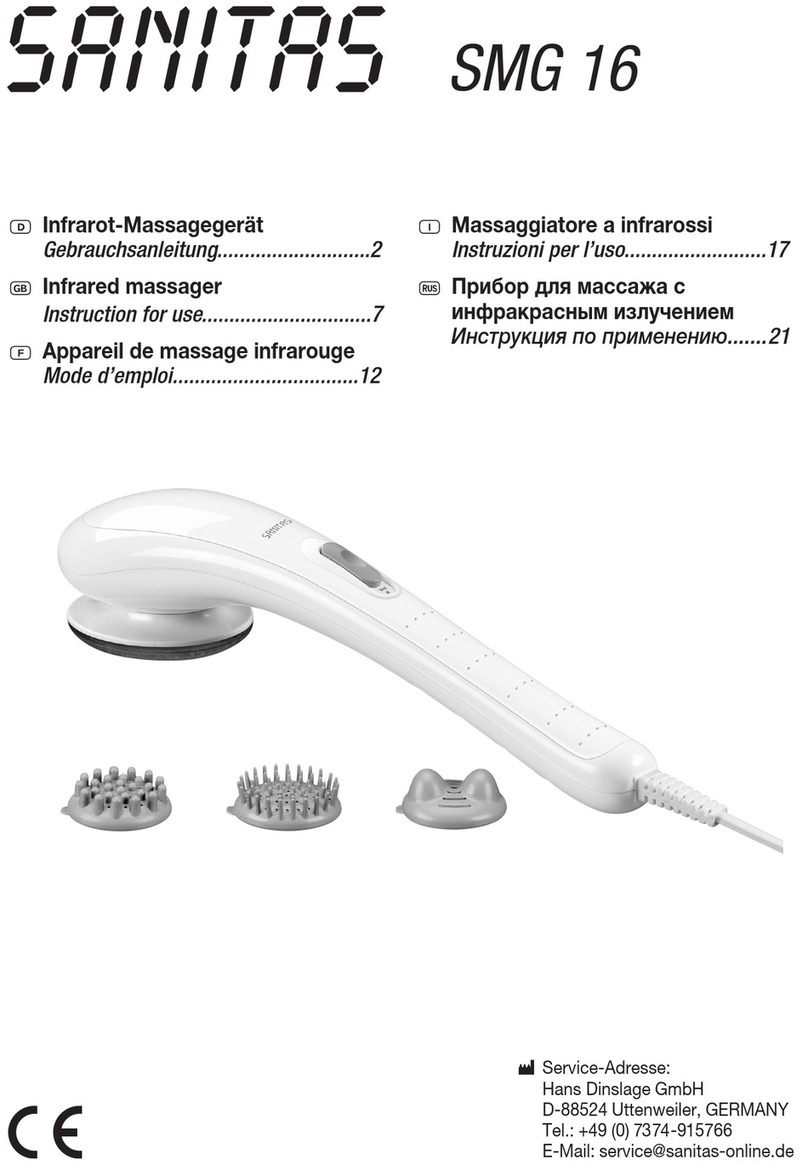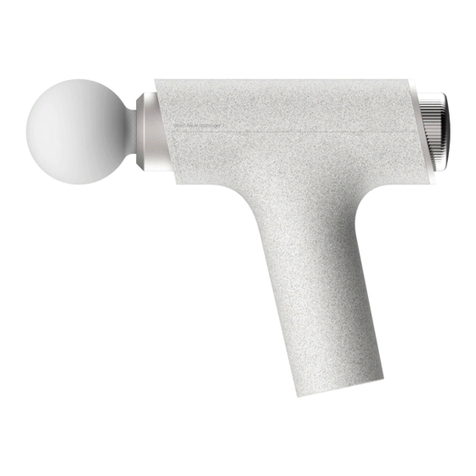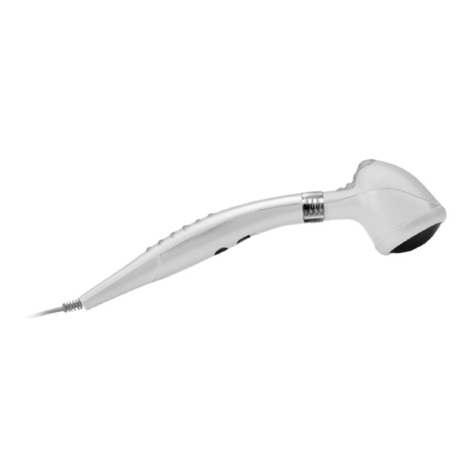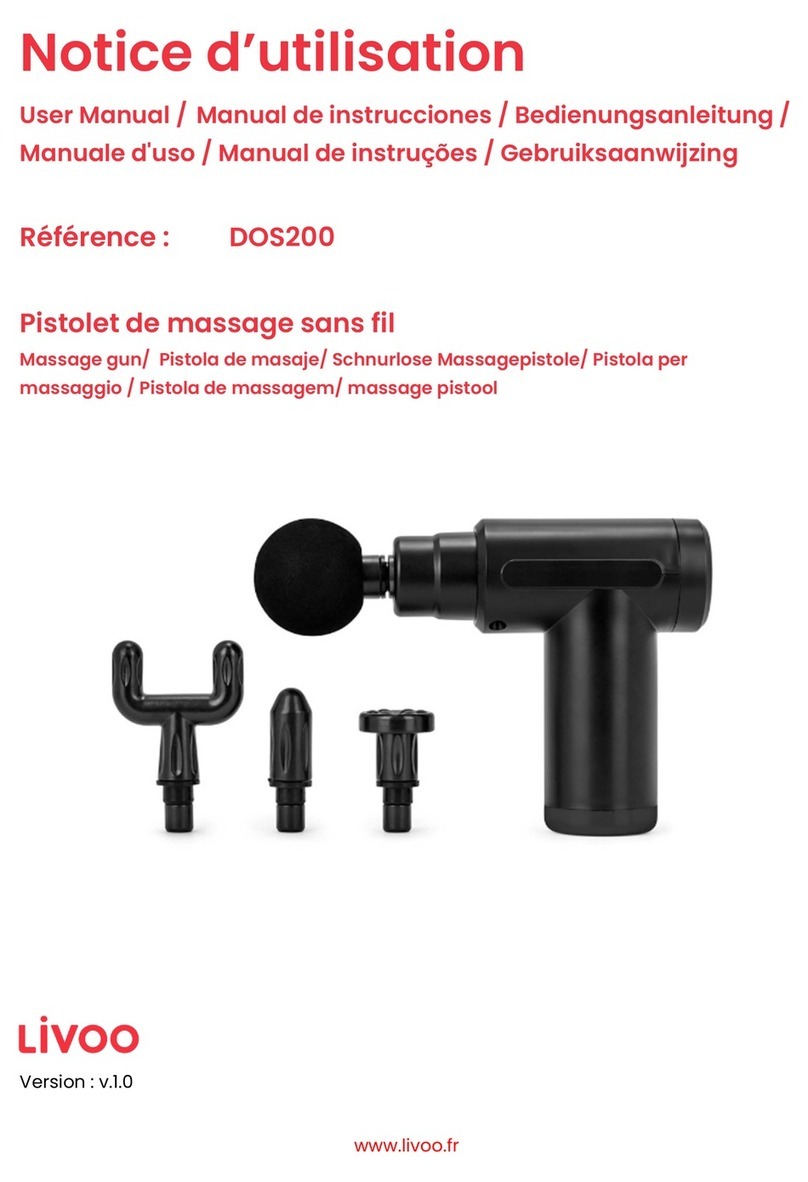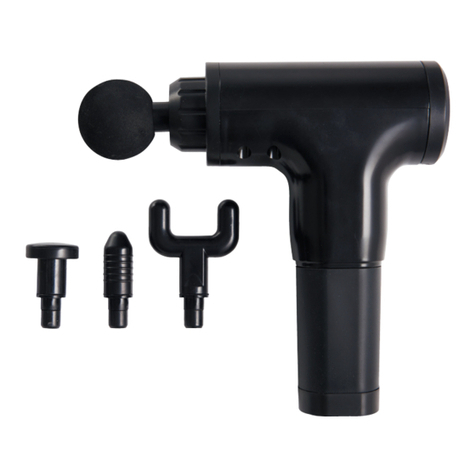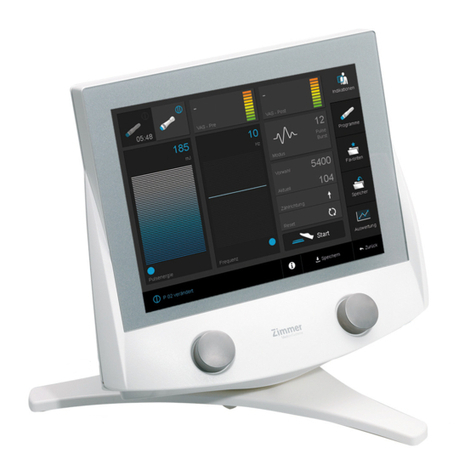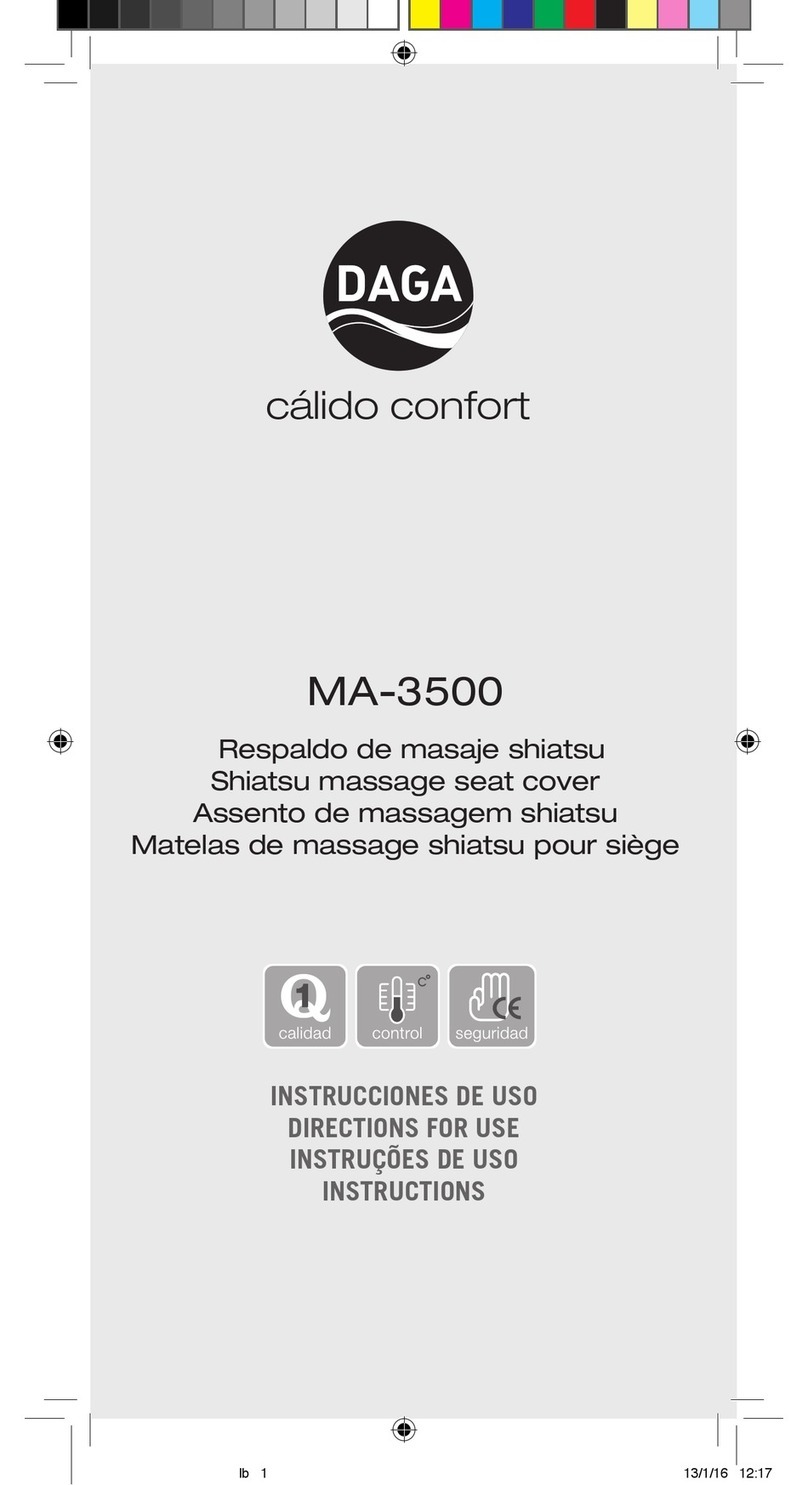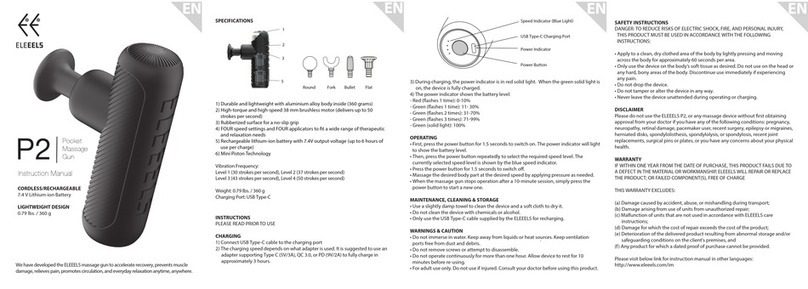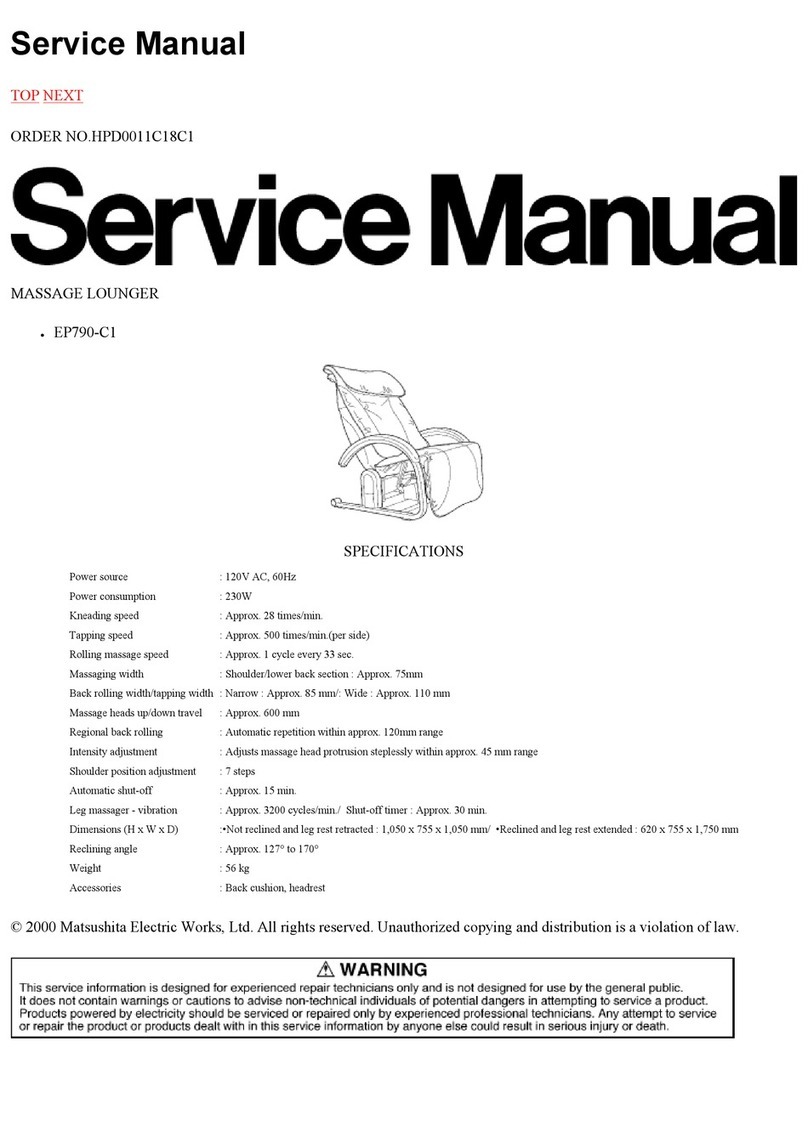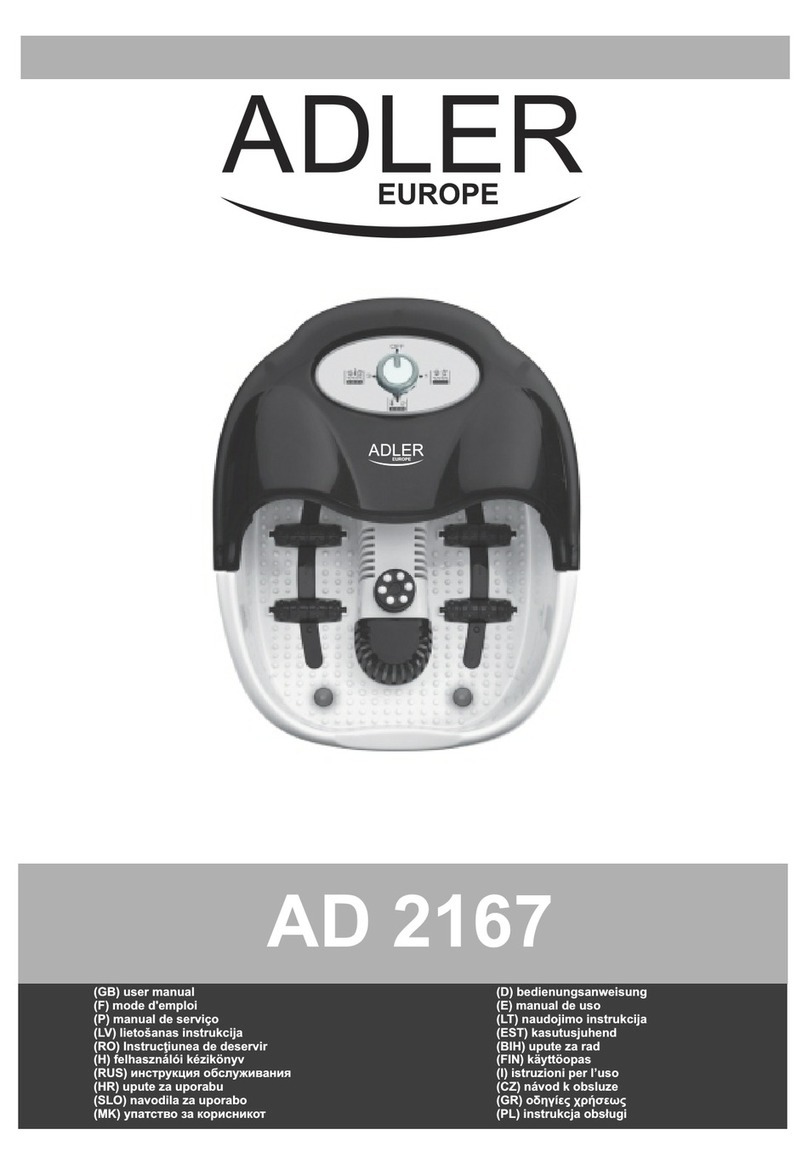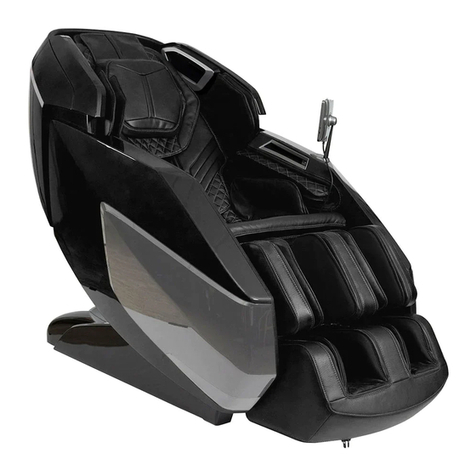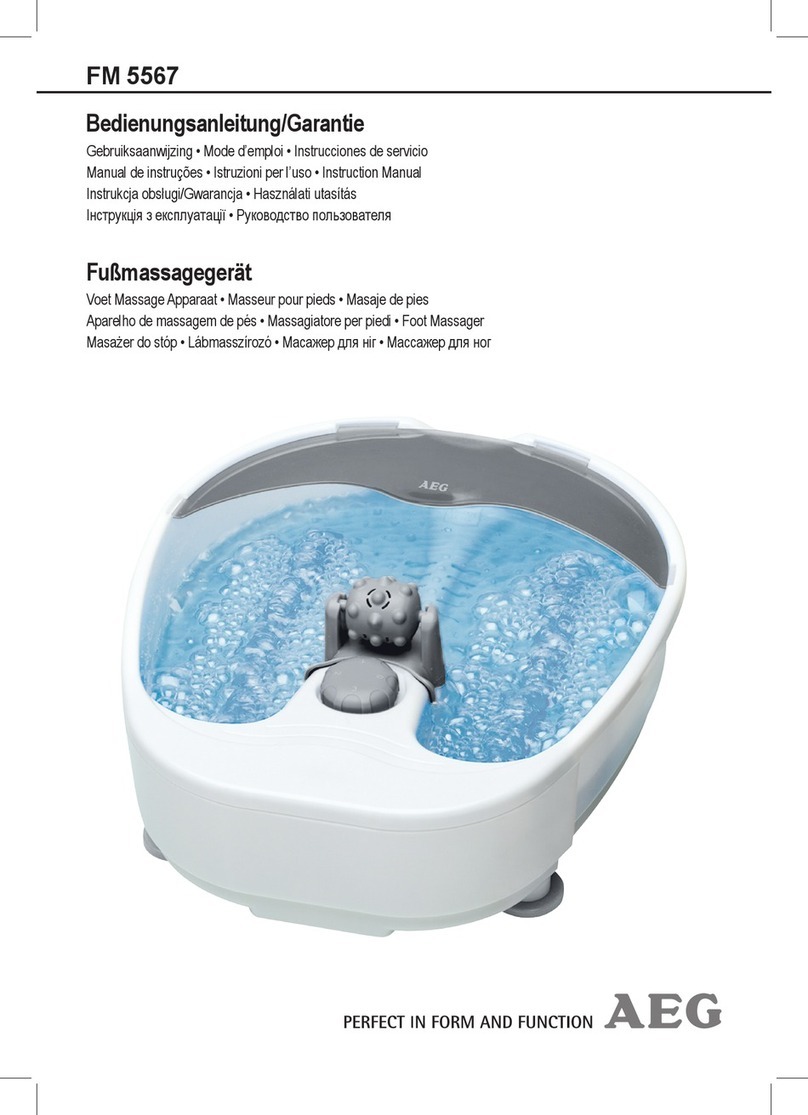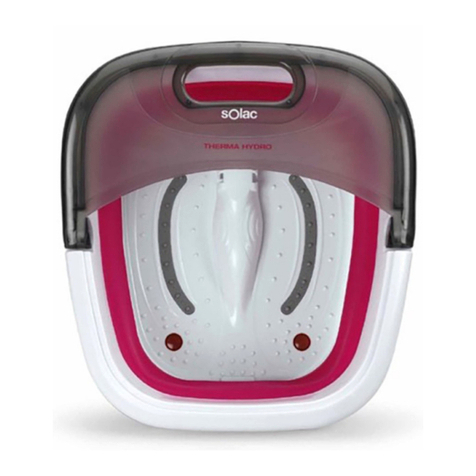3
1. Getting to know your machine .......................................................3
1.1 What is Digital EMS/TENS and what can it do? .....................3
1.2 Scope of supply......................................................................4
2. Important Information.....................................................................4
3. Current parameters.........................................................................6
3.1 Pulse shape ............................................................................6
3.2 Pulse frequency ......................................................................6
3.3 Pulse width .............................................................................6
3.4 Pulse intensity.........................................................................7
3.5 Cycle-controlled pulse parameter variation............................7
4. Unit description ...............................................................................7
5. Start-up ...........................................................................................8
6. Programme overview ......................................................................8
6.1 Basic information....................................................................8
6.2 Information on placing the electrodes ....................................8
6.3 TENS program table ...............................................................9
6.4 EMS program table.................................................................9
6.5 MASSAGE program table .....................................................10
7. Application .....................................................................................10
7.1 Advice on application ...........................................................10
7.2 Procedure for programs TENS 1–7, EMS 1–27 and
MASSAGE 1–10 (quick start)................................................11
7.3 Setting individual parameters ...............................................11
7.4 Changes to the settings........................................................13
7.5 Doctor’s Function .................................................................13
8. Cleaning and storage ....................................................................13
9. Disposal .........................................................................................13
10. Problems and solutions ..............................................................14
11. Technical details ..........................................................................14
12. Warranty / Service centre ............................................................15
G
?
W
ENGLISH Please read these instructions for use carefully and keep them for later
use, be sure to make them accessible to other users and observe the
information they contain.
1. Getting to know your machine
1.1 What is Digital EMS/TENS and what can it do?
Digital EMS/TENS belongs to the group of electrical stimulation sys-
tems. It has three basic functions, which can be used in combination:
1. Electrical stimulation of nerve tracts (TENS).
2. Electrical stimulation of muscle tissue (EMS).
3. A massage effect generated by electrical signals.
For this, the device has two independent stimulation channels and four
self-adhesive electrodes. It has various versatile functions in order to
increase general wellbeing, alleviate pain, maintain physical fitness,
relaxation, revitalise muscles and combat fatigue. You can either select
these functions from preset programmes or determine them yourself
according to your requirements.
The operating principle of electrical stimulation equipment is based on
simulating the body’s own pulses which are transmitted transcutane-
ously to nerve or muscle fibres by means of electrodes. The electrodes
can thereby be attached to many parts of the body, whereby the
electrical stimuli are safe and practically painless. You merely feel a
gentle prickling or vibrating in some applications. The electrical pulses
transmitted to the tissue affect the transmission of stimulation in nerve
conductions as well as neural nodes and muscle groups in the field of
application.
The effect of electrical stimulation is generally only recognisable after
regularly repeated application. Electrical stimulation does not replace
regular exercising of the muscle, but is able to reasonably supplement
the effect thereof.
TENS, transcutaneous electrical nerve stimulation, means electrical
stimulation of nerves through the skin. TENS is recognised as a clini-
cally proven, effective, non-medication method of treating pain from
certain causes. It is free from side-effects when used properly, and
can also thereby be used as a simple means of self-treatment. The
pain-alleviating or suppressing effect is also achieved by preventing
pain from being passed on into nerve fibres (above all through high-
Table of Contents





